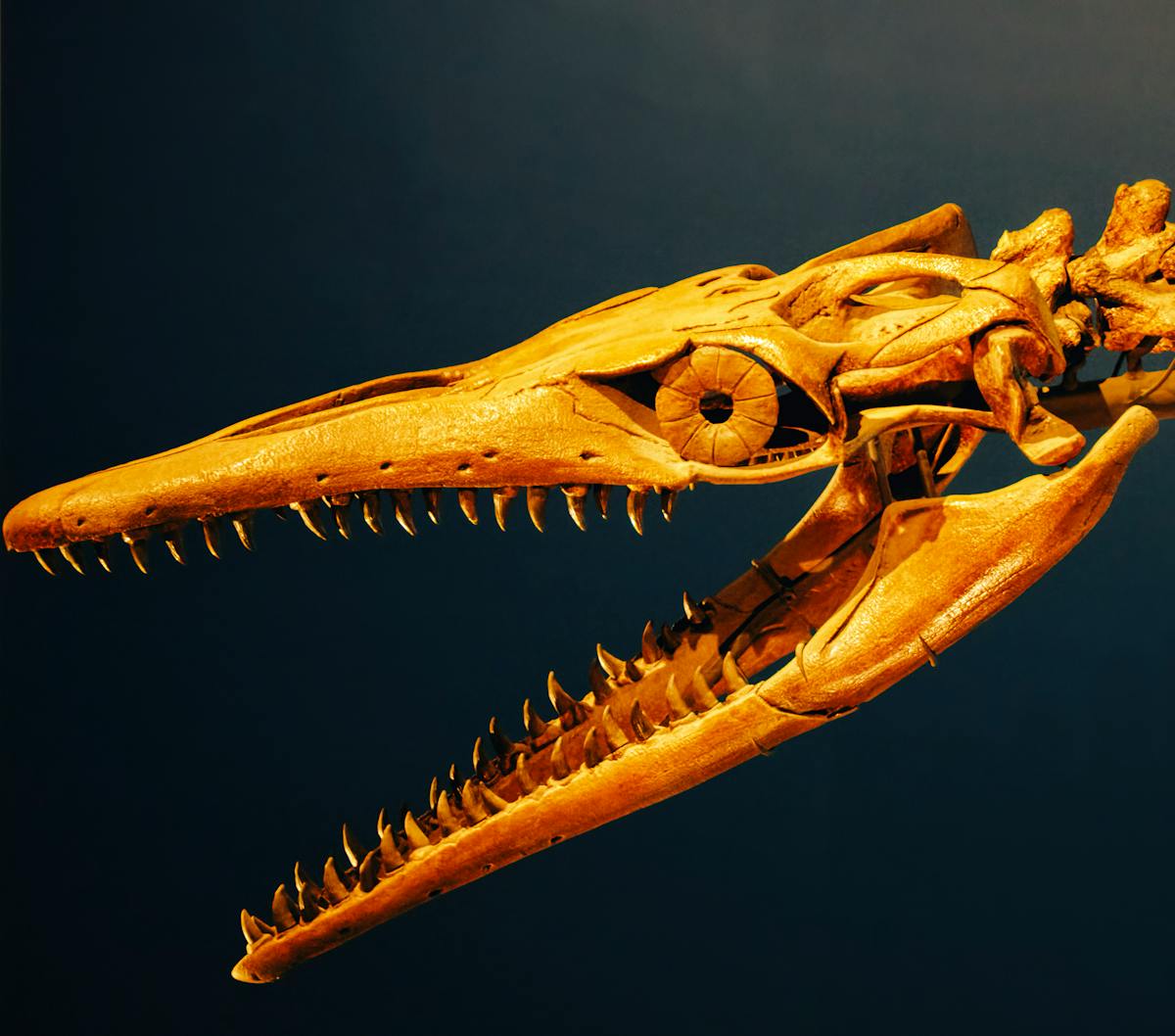Stephen Jay Gould stands as one of the most influential figures in modern evolutionary biology. Renowned for his unique approaches and prolific writing, Gould did more than popularize science; he revolutionized critical paradigms in evolutionary thought. His work traversed from academic theory and technical contribution to accessible public education, earning him an indelible spot among twentieth-century scientific pioneers.
Challenging Darwinian Orthodoxy: Punctuated Equilibrium
One of Gould’s fundamental contributions to evolutionary biology is the idea of punctuated equilibrium, which he developed alongside Niles Eldredge in 1972. During that period, the dominant theory—commonly referred to as phyletic gradualism—proposed that species evolved progressively and consistently over extended periods. According to traditional Darwinism, fossils should demonstrate gradual changes in anatomical traits from one generation to the next.
Rather, through a careful analysis of the fossil record, Gould and Eldredge discovered a distinct pattern: species generally remained morphologically consistent—what they described as stasis—for long periods, interrupted by short bursts of rapid evolution resulting in new species. This “punctuated” pattern more accurately accounted for the significant gaps between fossil forms and questioned the belief that gradual, continuous transformation was typical.
Away from being just a minor adjustment, the theory of punctuated equilibrium compelled biologists to rethink the processes and rates of evolution. It revived discussions about the influence of natural selection compared to other evolutionary factors and highlighted concerns regarding sampling bias and the preservation of fossils.
Expanding Evolutionary Mechanisms: Exaptation and Constraints
Gould’s influence extended beyond the patterns of equilibrium. Together with Elisabeth Vrba, he presented the notion of exaptation. This concept emphasized that structures or behaviors could evolve for a specific purpose and later be adapted for another function. For instance, feathers might have initially developed for insulation or show before being utilized for flying. This understanding expanded the view on adaptive evolution, highlighting historical contingency and the intricate beginnings of biological traits.
Another subject of Gould’s scrutiny lay in the concept of biological constraints. Along with Richard Lewontin, he published the influential paper “The Spandrels of San Marco and the Panglossian Paradigm”, which critiqued the rampant adaptationism in evolutionary biology. They argued that not every trait is a direct product of natural selection; rather, some characteristics may be byproducts of selection on other features or may result from architectural and developmental constraints. The metaphor of “spandrels” compared these traits to architectural features that arise incidentally.
This analysis initiated a heated discussion, encouraging deeper examination of evolutionary science, particularly in the context of genetic, developmental, and structural constraints on potential evolutionary results.
Development of Hierarchies and Selection of Species
Gould also redefined evolutionary theory by promoting the idea of hierarchical selection. Traditional neo-Darwinian theory emphasized selection occurring on the level of genes or individuals. Gould argued that selection can also act at higher organizational levels, such as species or clades. This approach, sometimes called species selection, suggested that macroevolutionary patterns, such as rapid diversification or extinction, could not be fully explained by processes operating at the genetic or organismal scale alone.
His work The Structure of Evolutionary Theory brought together these concepts, offering a perspective of evolution functioning on several interconnected layers—genes, organisms, demes, species—and emphasizing the relationship between microevolutionary processes and macroevolutionary trends.
Advocacy for Science Communication and Historical Context
Gould’s ability to convey scientific ideas was unparalleled. Through works like Ever Since Darwin and The Panda’s Thumb, he simplified intricate topics for general readers. He addressed themes like vast time scales and the unpredictability of evolution, and he became well-known for his role in court cases that protected educational standards from religious interference.
Gould was additionally an expert in the history of science, integrating perspectives from paleontology, biology, and architecture to shed light on the philosophical foundations and consequences of modern scientific perspectives. His works highlighted the significance of historical contingency—the notion that random occurrences and distinct historical paths influence evolutionary results, posing a challenge to deterministic interpretations.
Steering the Course of Contemporary Evolutionary Biology
Few scientists have so fundamentally altered their field while communicating its essence to the broader public. Stephen Jay Gould’s work unsettled intellectual complacency, introducing necessary debate and diversity of thought into evolutionary biology. His theories continue to inspire empirical research, from studies of fossil patterns and developmental constraints to evolutionary innovation. Gould’s relentless curiosity and interdisciplinary approach affirmed that the history and direction of life on Earth is as complex, dynamic, and surprising as the scientific process itself.




